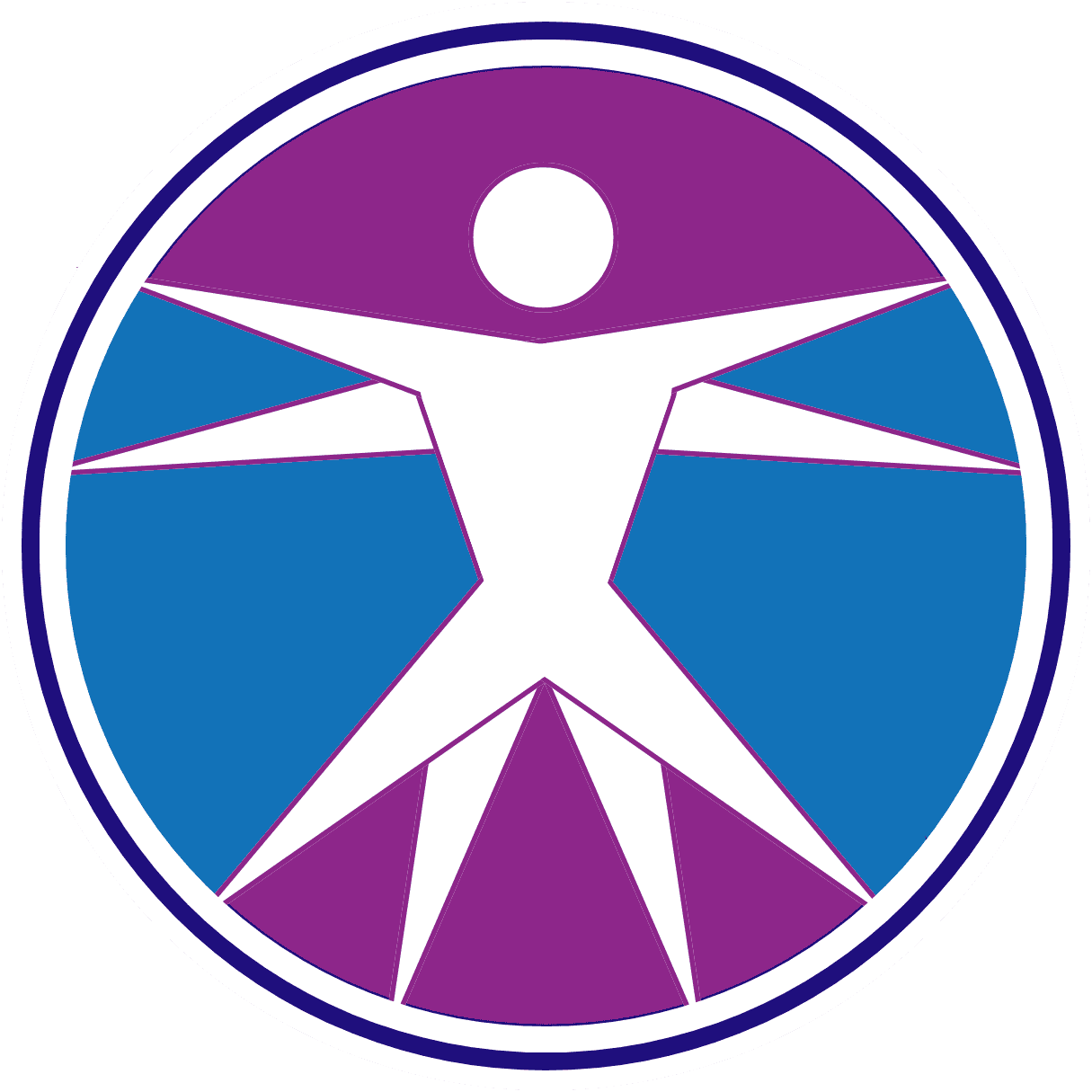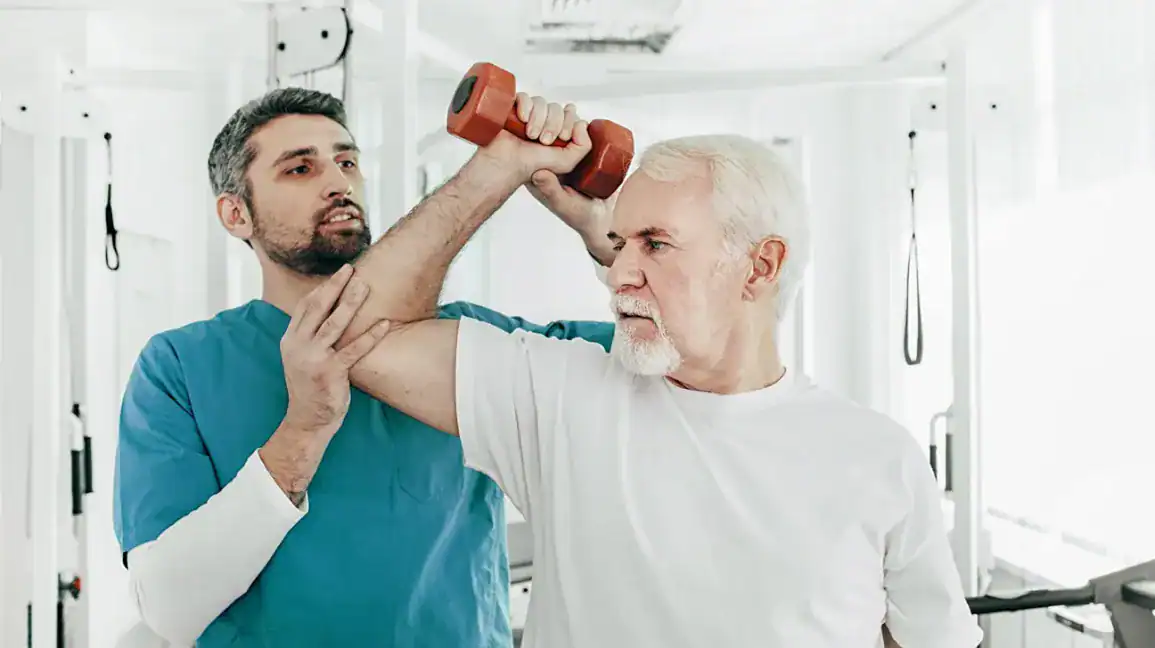At TheraHealth and Wellness, we know that cost is an important factor when deciding on occupational therapy services. Many patients and families prefer to explore private pay options for the flexibility, convenience, and personalized care they provide. That’s why we want to give you a clear idea of what to expect when it comes to private pay occupational therapy rates, while also emphasizing that each patient’s needs are unique.
What Are Private Pay Occupational Therapy Services?
Private pay occupational therapy allows patients to bypass insurance restrictions and receive care directly. This means you have access to customized treatment programs without being limited by insurance approvals, visit caps, or network providers.
Our therapists focus on helping patients improve independence, mobility, daily function, and overall quality of life. Whether you are recovering from an injury, managing a chronic condition, or seeking support for developmental needs, private pay options provide greater freedom to get the right level of care.
What to Expect With Private Pay Occupational Therapy Rates
While the exact cost depends on your specific treatment plan, most private pay occupational therapy rates fall into the following general ranges:
Contact Us Today!
Fill out the contact form and a team member from TheraHealth & Wellness will be in touch to provide you with a free consultation


